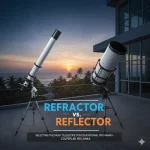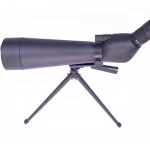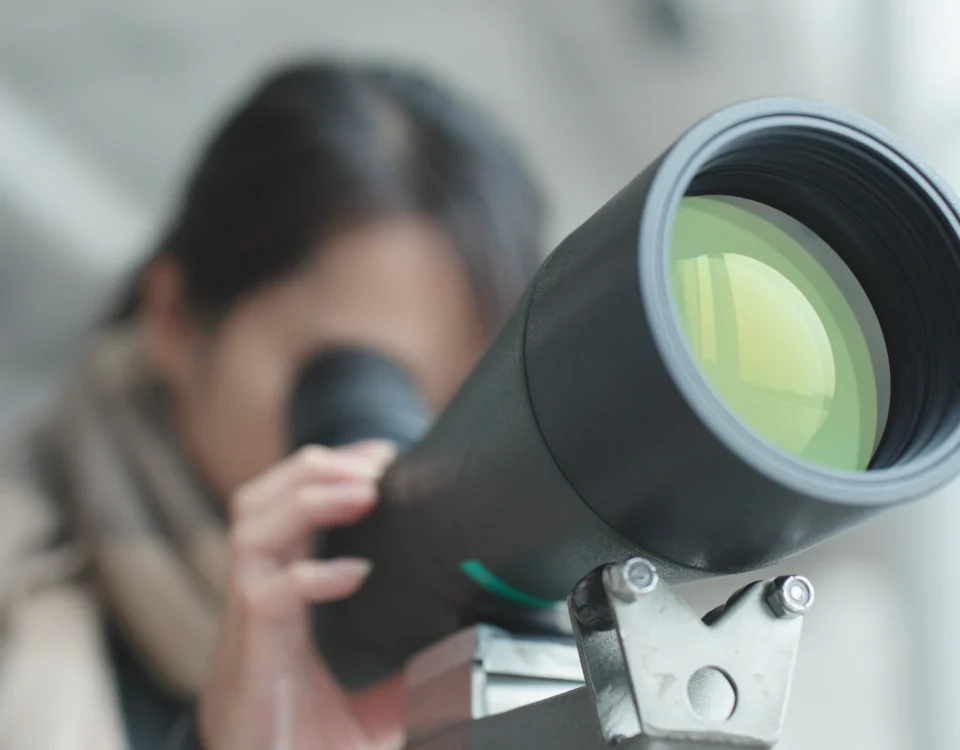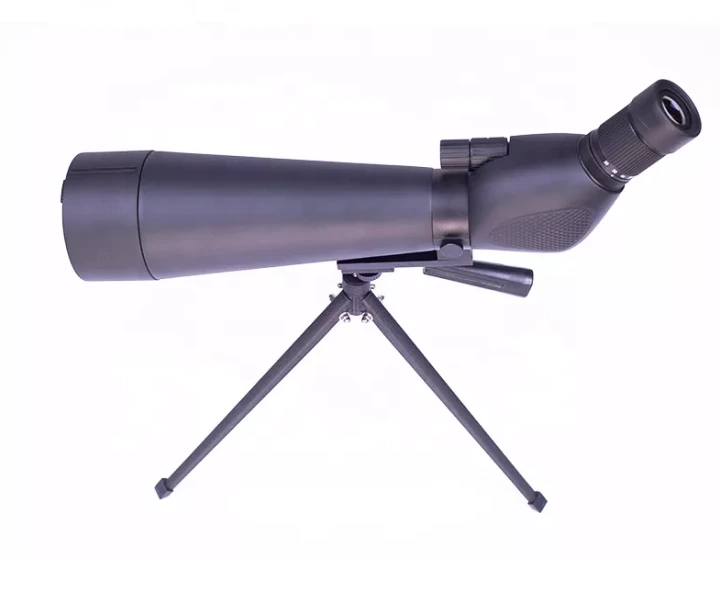Observing the cosmos begins with preparation. At ColperLab, we understand that schools need instruments that are durable, easy to operate, and shared across classes. Getting telescope mounting and calibration right from the start lets students explore the night sky with precision, clarity, and confidence. A well‑prepared lab also reduces downtime, keeps lessons on schedule, and makes every practical session feel purposeful for Sri Lankan classrooms.
Table of Contents
Choosing the Right Mount for Telescope Mounting and Calibration
Mounting is the foundation of performance. A stable mount cuts vibrations and supports long‑term use—vital in busy classrooms. For school labs, two mounts make the most sense:
• Alt‑azimuth mount: simple vertical/horizontal movement for beginners; students point and observe with minimal setup.
• Equatorial mount: aligns with Earth’s rotation to track objects smoothly over time; ideal for timed observations and sketches.
• Counterweight systems: balance the tube to reduce tremors during high magnification, especially with heavier accessories.
Choosing the right mount lifts image quality for measurements and experiments and supports cameras or sensors. If a session includes quick object changes, an alt‑az mount keeps the pace. If the activity involves tracking Saturn’s rings or timing a lunar transit, an equatorial mount pays off. Clear lab labels on mount controls help students work independently.
Tip: When deciding between optical designs, compare refractors and reflectors for maintenance and lesson goals. See our guide on refractor vs reflector telescopes.
Tripods and Placement: Grounding Your Observations
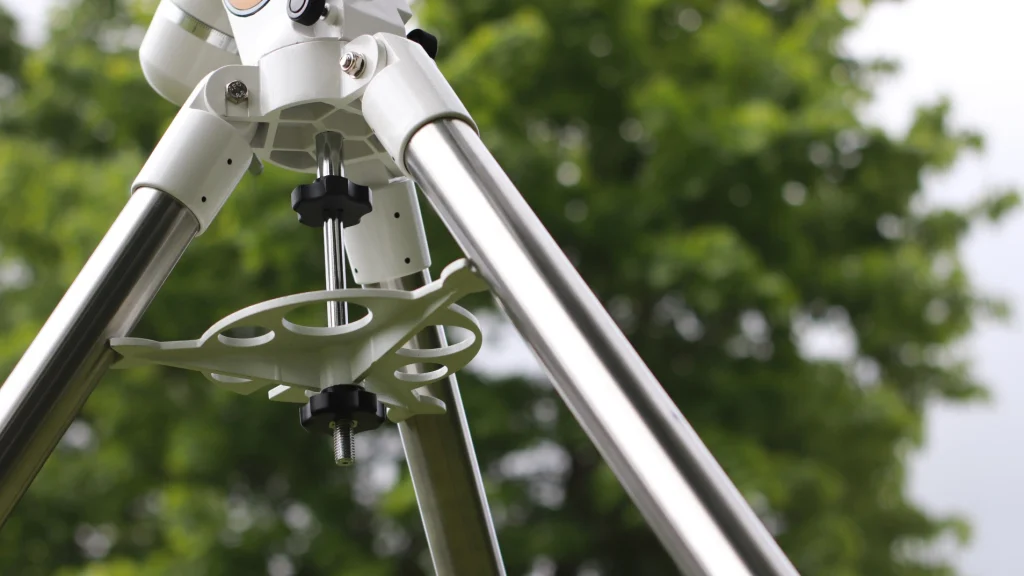
The tripod or base anchors accurate observations. Height‑adjustable tripods suit different ages and keep posture comfortable. Materials like aluminium or carbon fibre balance portability and stability so labs can rearrange layouts or head outdoors. Always match weight capacity to the telescope and attachments to prevent shake and protect equipment.
Placement matters. Windows that face open sky—or outdoor spots—reduce turbulence and heat currents from buildings. Marking floor positions for tripods speeds setup and helps classes return to known reference points. Pairing lab optics with field gear creates a smooth workflow and keeps sessions efficient, especially when rotating groups.
Quick checklist for teachers:
• Confirm tripod leg locks are tight before students approach.
• Level the tripod head; use built‑in bubble levels where available.
• Keep a safe corridor around the mount so students don’t bump it.
• Note local landmarks (antenna, tower) for daytime alignment practice.
Optical Alignment: Collimation and Precision
Optical alignment (collimation) is essential for sharp views. Reflectors and some refractors are sensitive to misalignment; even small shifts blur planets and stars. Teach a simple routine so students see cause and effect clearly. Check the optical axis with a laser collimator or Cheshire eyepiece, then adjust mirrors so light paths converge. Run a star test at high magnification to reveal any remaining distortion and finish with a brief note on how alignment affects contrast.
In practice: assign two students to observe the diffraction pattern while another adjusts under guidance. Record the final setting in a lab log so the next class starts closer to true alignment. This turns collimation into a repeatable skill rather than a mystery step.
New to reflectors in classrooms? See our beginner guide to reflector telescopes for school astronomy labs.
Calibration Techniques: From Finder Scopes to Eyepieces
Calibration ensures parts work as one system. Align the finder scope with the main tube for fast, accurate target location; daytime alignment on a distant rooftop edge or antenna makes this quick. Check eyepiece and Barlow lens focal lengths to reach useful magnifications for the lesson plan. Keep a small card near the mount listing the magnification produced by each pairing.
If cameras or digital sensors are used, seat them squarely on the optical axis to avoid skewed stars and warped measurements. Run a short calibration routine at the start of each period—finder check, focus test on a bright object, and quick drift check on a star—so the rest of the session centres on observing and analysis, not troubleshooting.
Routine Maintenance: Extending Lifespan and Accuracy
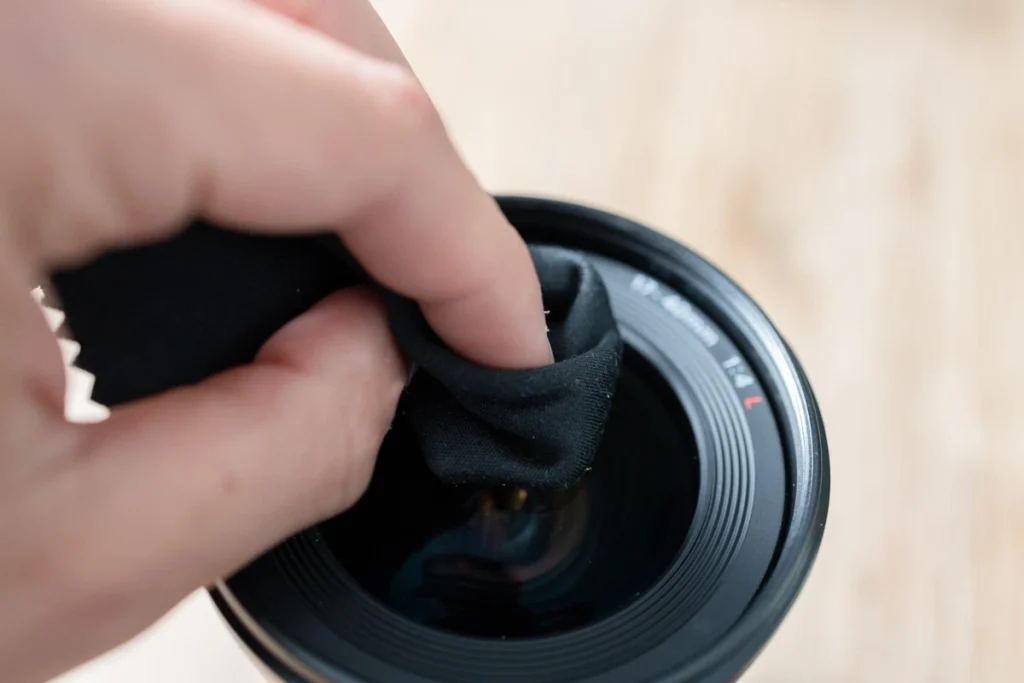
Heavy school use makes upkeep essential. Clean lenses and mirrors with a blower or microfiber cloth to preserve coatings. Check mounts, screws, and tripods before use, and store instruments in padded, dry spaces. Assign light tasks—dust check, cap replacement, cable tidy—to student roles so good habits build naturally.
Simple rotation plan: one student handles accessories, one confirms balance and clutches, one logs issues. This spreads responsibility and keeps equipment consistent across periods without adding prep time for teachers.
Integrating Telescopes into the Learning Environment
When instruments are mounted, aligned, and maintained, they become gateways to discovery. Use observation logs, rotating roles, and peer‑led calibration to build skill and collaboration. Link activities to physics topics—motion, light, and measurement—so students see immediate curriculum relevance in Sri Lankan classrooms.
Combine indoor setups with occasional outdoor sessions to connect theory with practice. A short ‘plan‑observe‑reflect’ cycle works well: state the target and magnification, observe and sketch, then reflect on stability and calibration choices. By focusing on telescope mounting and calibration along with steady workflows, schools create dynamic learning spaces. ColperLab provides accurate, durable instruments that support hands‑on education and spark lifelong curiosity.

